Foraging
Foraging For Food: How To Identify Food Sources In The Wild
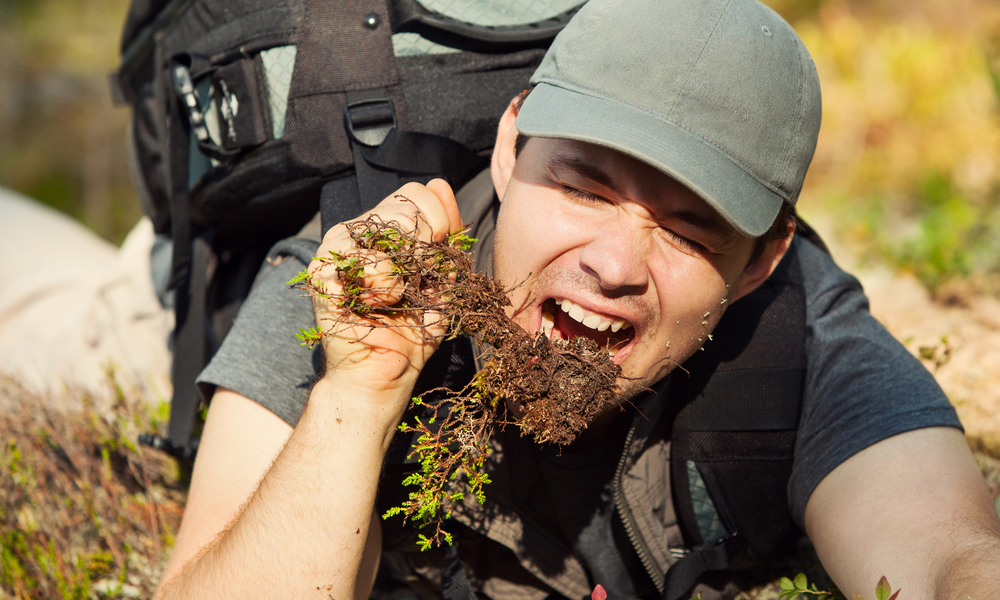
When grocery food supplies run out, what are you going to do? Learn how to forage for food as your back up plan. Today, we’ll give you some food sources in the world to start with!
Wilderness Food Sources for Beginner Foragers
Most Americans have become very comfortable with the methods by which we obtain food. We swing by the grocery store and stock up on anything and everything we might want.
Some people also grow and maintain their own gardens, which can yield an impressive produce haul, but even fewer keep backyard chickens that produce eggs.
But do you ever worry about having to forage for your own food in the wild? It’s a good idea to research and be able to recognize food sources in the wild if you’re a frequent hiker or camper or if you have serious concerns about the continuation of society.
There are four main sources of energy available for you to consume, no matter what region you live in. These are plants, insects, fish, and game.
Finding a clean water source will be your first priority, and nearly everything else you require will be found nearby.
1. Identifying Edible Plants
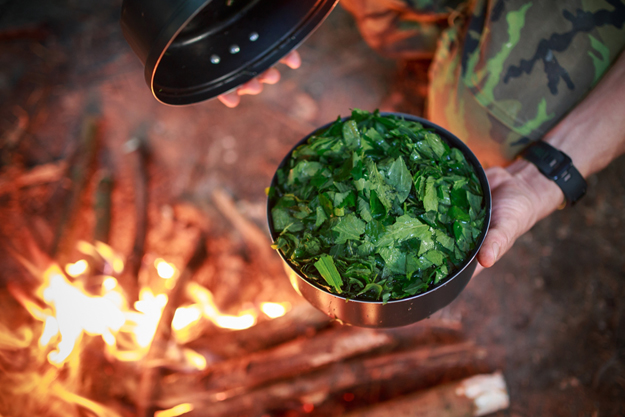
Not all plants are edible, and there are some basic identifiers for plants you will not want to consume.
If a plant has leaves in groups of threes and emits a white or oddly colored sap, avoid it. Plants that smell bitter or have pointy parts like thorns could also make you sick.
All grasses and nearly all weeds are edible and nutritious. Dandelions, clovers, and chicory will all give you energy.
Don’t be afraid to cook your weeds and grasses; they will taste significantly better after doing so.
Once you find nearby water, you will have access to water plants like seaweed and kelp. Both are healthy and safe to consume after rinsing them. Seaweed tastes best when it has been dried in the sun.
It’s a great idea to purchase a guide to plants in your region and learn about specific options that you will find in your local wilderness. Being able to identify each plant will come in handy, as well.
2. Insects Make an Easy Protein Source
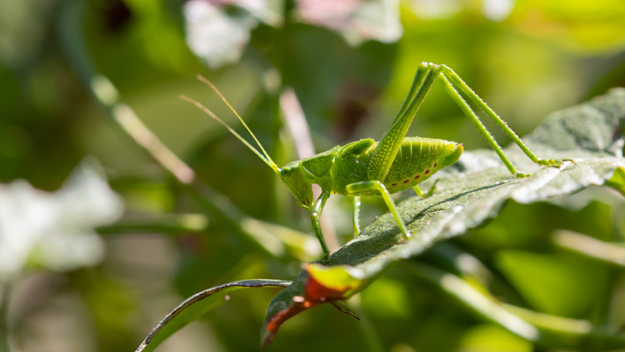
They may not sound very appetizing, but insects are easily found, caught, and consumed. Crickets, grasshoppers, worms, and snails are all edible.
Much like plants, they will taste better after being cooked.
3. Fishing for Food
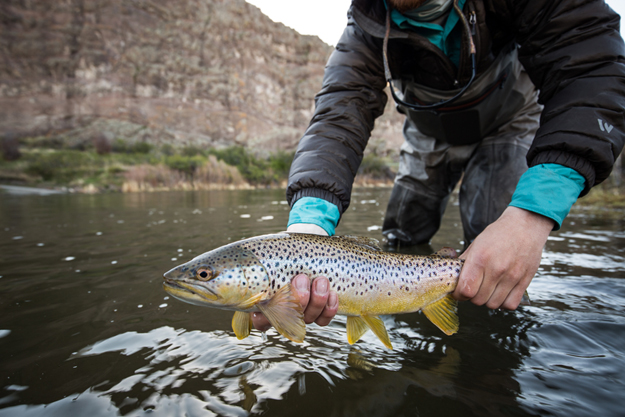
Fish are found in all waterways, and there is more than one way to catch them. You can use a fishing rod with bait, build a dam, or use a net.
If you make a fishing rod, you can use insects or something shiny as bait. Fabric can be used as a net, but building a dam and waiting for a fish to get stuck in it is probably the easiest approach.
You don’t have to, but you’ll likely want to cook your fish to improve the flavor and texture. Watch out for their tiny and numerous bones when eating them.
4. Small Game Abounds
View this post on Instagram
If you want a filling meal, catching and killing small game will be your goal.
Large game like deer or wild boar is much more difficult to take down, but smaller animals like squirrels, birds, rodents, and rabbits can be taken out with a well-thrown rock.
The best place to catch game is near a freshwater source, especially a still, pooled area. Ready yourself with sharp rocks and sharpened sticks, and sit very quietly.
Loud noises will scare animals away from you. It will take a lot of practice, patience, and energy to successfully catch game, so try not to get frustrated. Setting traps or snares is a good way to catch animals as well.
Be Prepared
If you are going hiking or camping, or if you are prepping for a worst-case scenario, prepare yourself by packing tools that can save your life. Matches, a knife, and paracord/rope should all have a place in your pack.
It’s a good idea to start foraging for wild food sources before your packaged food supplies run out, to become accustomed to finding options.
Have you ever tried foraging? We’d love to hear your experience in the comments section!
Up Next:
-

 Do It Yourself7 months ago
Do It Yourself7 months agoParacord Projects | 36 Cool Paracord Ideas For Your Paracord Survival Projects
-

 Do It Yourself9 months ago
Do It Yourself9 months agoHow To Make Paracord Survival Bracelets | DIY Survival Prepping
-

 Do It Yourself9 months ago
Do It Yourself9 months ago21 Home Remedies For Toothache Pain Relief
-

 Do It Yourself10 months ago
Do It Yourself10 months agoSurvival DIY: How To Melt Aluminum Cans For Casting
-

 Exports8 months ago
Exports8 months agoAre Switchblades Legal? Knife Laws By State


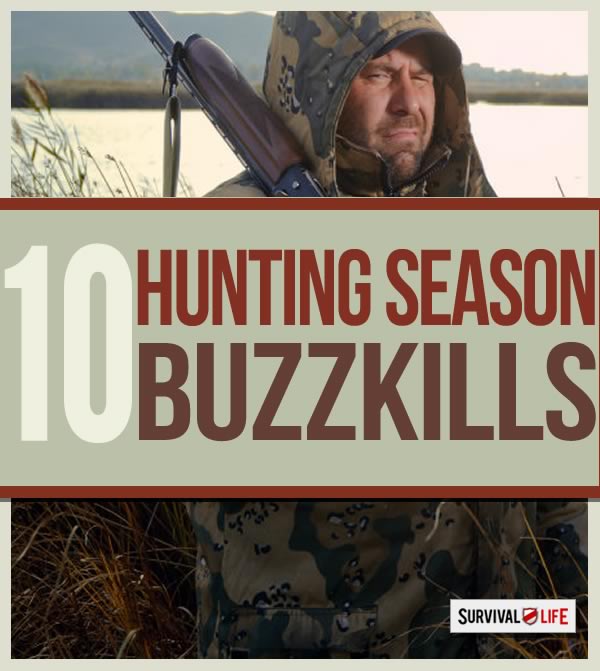



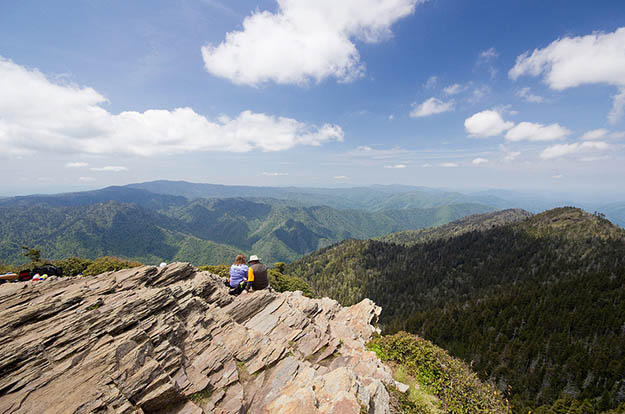

Pingback: DIY Maple Syrup: Finding Maple Syrup Trees [Part 1] - WildSurvivalDigest.com